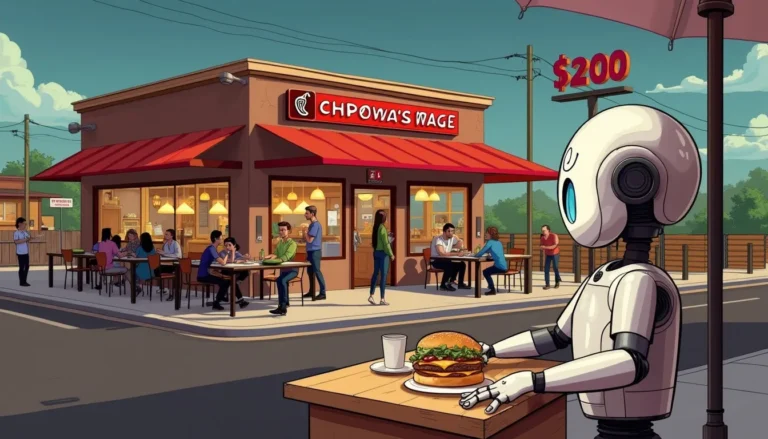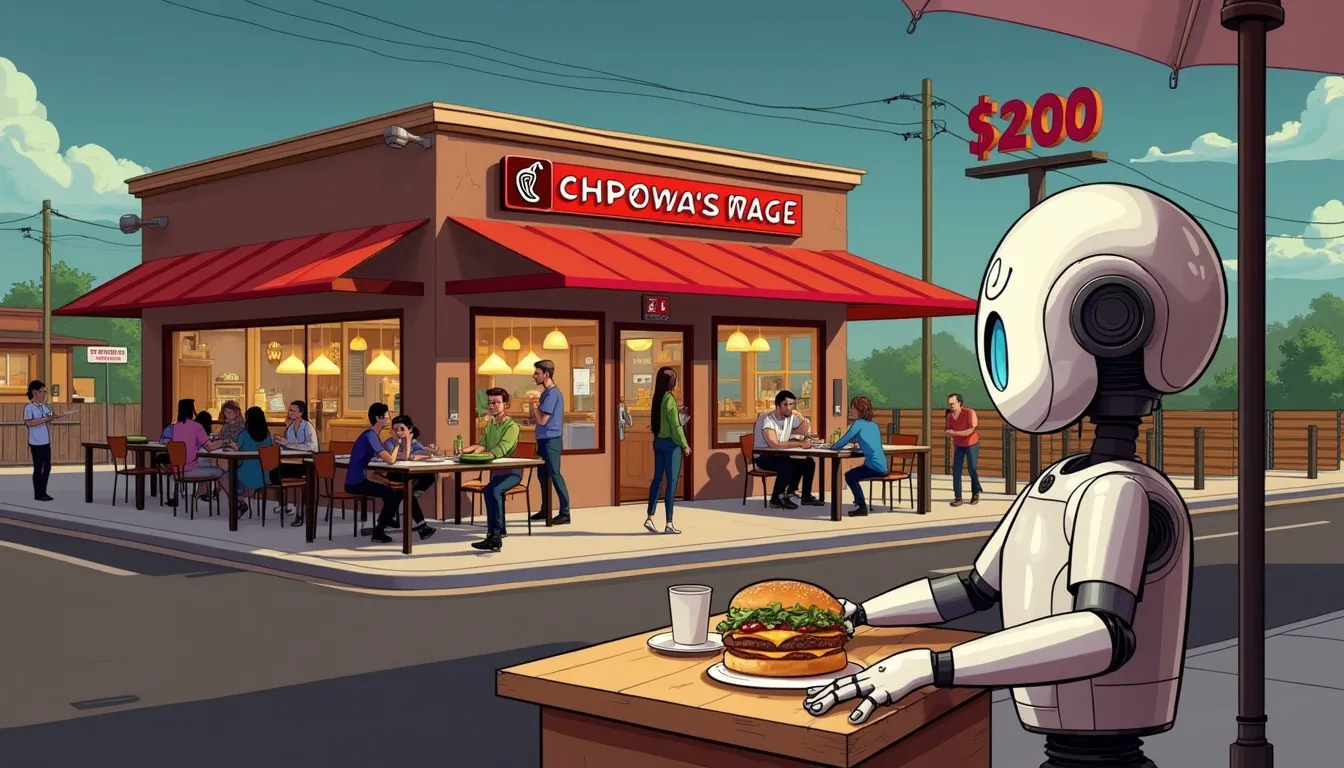

Five Months After California Increased Fast-Food Minimum Wage to $20, Chipotle Is Now Introducing Robots
In a move aimed at improving the working conditions and wages for fast food employees, California has implemented a $20 minimum wage for fast food workers, effective April 1, 2024. This landmark increase is already causing ripples across the fast food industry, with significant implications for labor costs, pricing strategies, and operational practices.
Minimum Wage Increase
The newly enacted wage law represents a substantial shift in labor economics within the state. It is designed not only to raise standards for fast food workers but also to influence the overall labor market. The implications of this increase are being felt most acutely by fast food chains operating within California.
Impact on Labor Costs
Fast food chains, such as Chipotle, are grappling with the immediate effects of these new labor costs. The company has reported a 20% hike in wages for its California-based staff, placing significant financial pressure on its operations. This surge in labor expenses is forcing chains to rethink their financial models.
Price Increases
To offset this heightened financial burden, Chipotle has raised its menu prices in California by approximately 6% to 7%. The price adjustments are essential for the company to sustain its profit margins while navigating increased labor costs. This move reflects a broader trend among fast food chains seeking to balance employee welfare with profitability.
Adaptation Strategies
In response to the wage hikes, fast food giants like Chipotle and McDonald’s are exploring various strategies to mitigate the impact. Some of these strategies involve passing on a portion of the increased costs to consumers through elevated menu prices. Additionally, companies are examining improvements in operational efficiency to offset rising labor expenses.
Introduction of Automation
Perhaps the most notable response to California’s minimum wage increase is the swift move towards automation. In a bid to reduce future labor costs, Chipotle has begun introducing robots into its operations. This shift may indicate a significant change in the operational landscape of fast food, where technological innovation is increasingly becoming a necessary component of business strategy.
Broader Economic Implications
The ramifications of California’s wage increase extend beyond individual food chains; they pose broader economic questions regarding consumer behavior and business competitiveness. Higher labor costs may not only change the pricing structures of fast food chains but also reshape the landscape of the labor market in California, driving an increase in automation and altering the nature of service jobs in the sector.
While details regarding the specific automation plans of Chipotle are still emerging, the connection between significant wage increases and technological advancement is clear. As fast food chains navigate the new realities imposed by high labor costs, they are likely to embrace technological solutions that redefine how they operate.
As this situation unfolds, it remains to be seen how consumers will respond to price hikes and whether the changes will lead to a permanent transformation in the fast food industry.